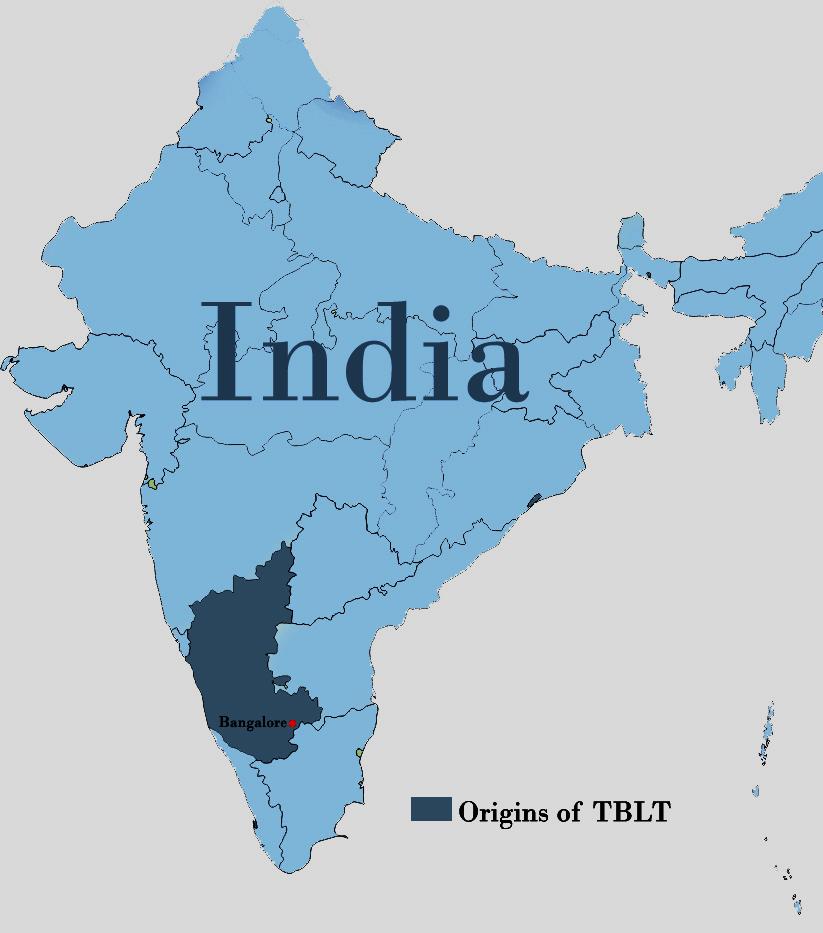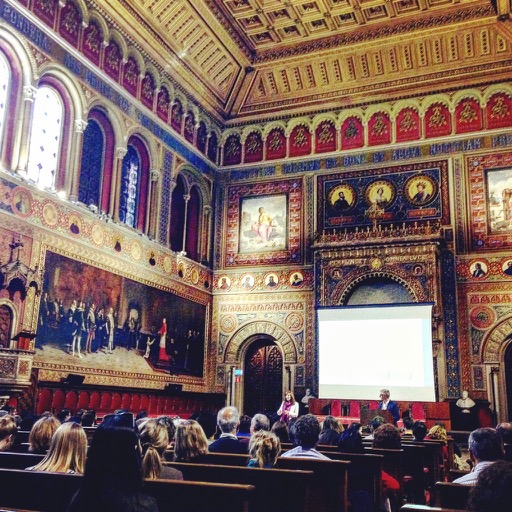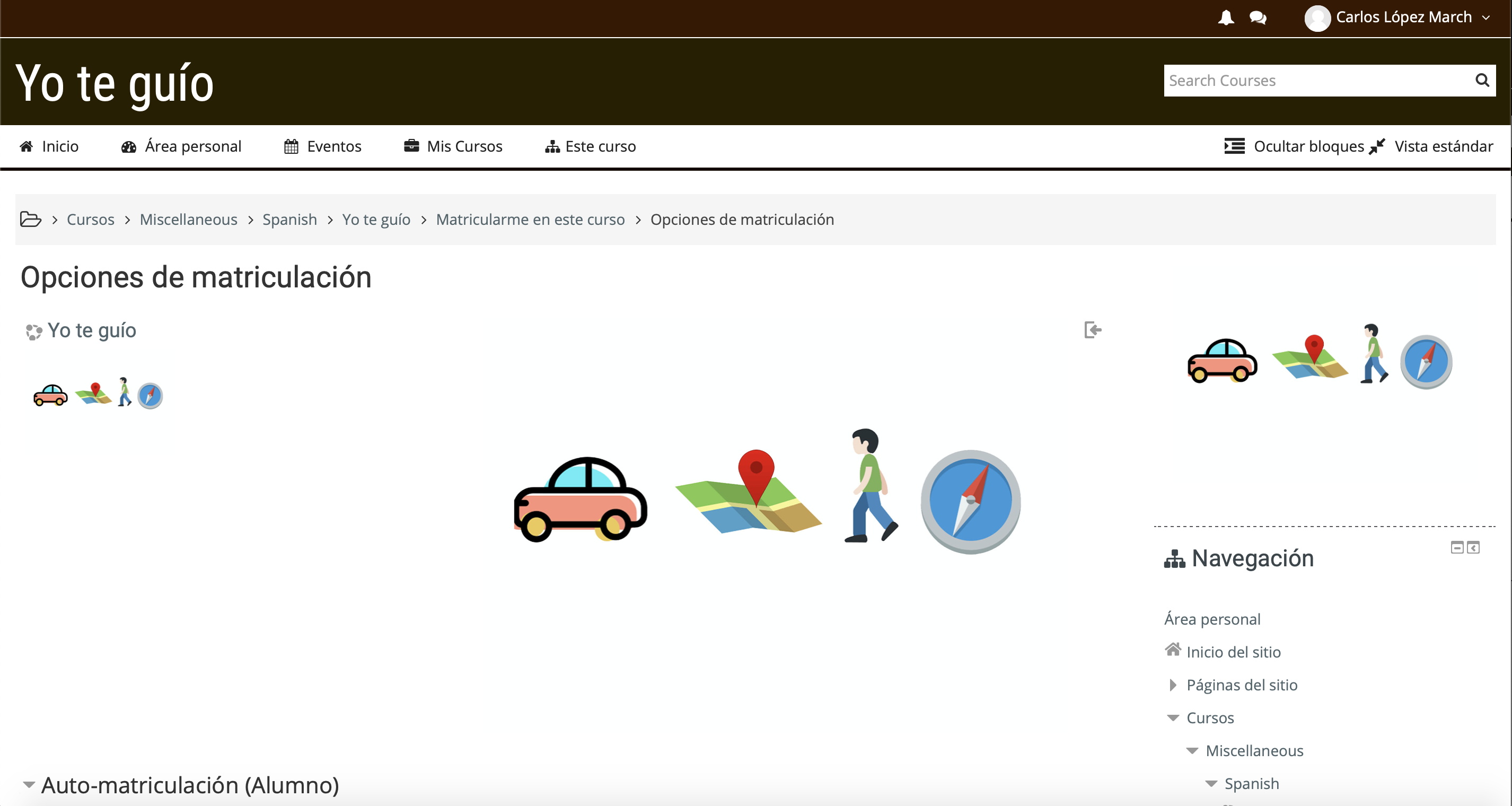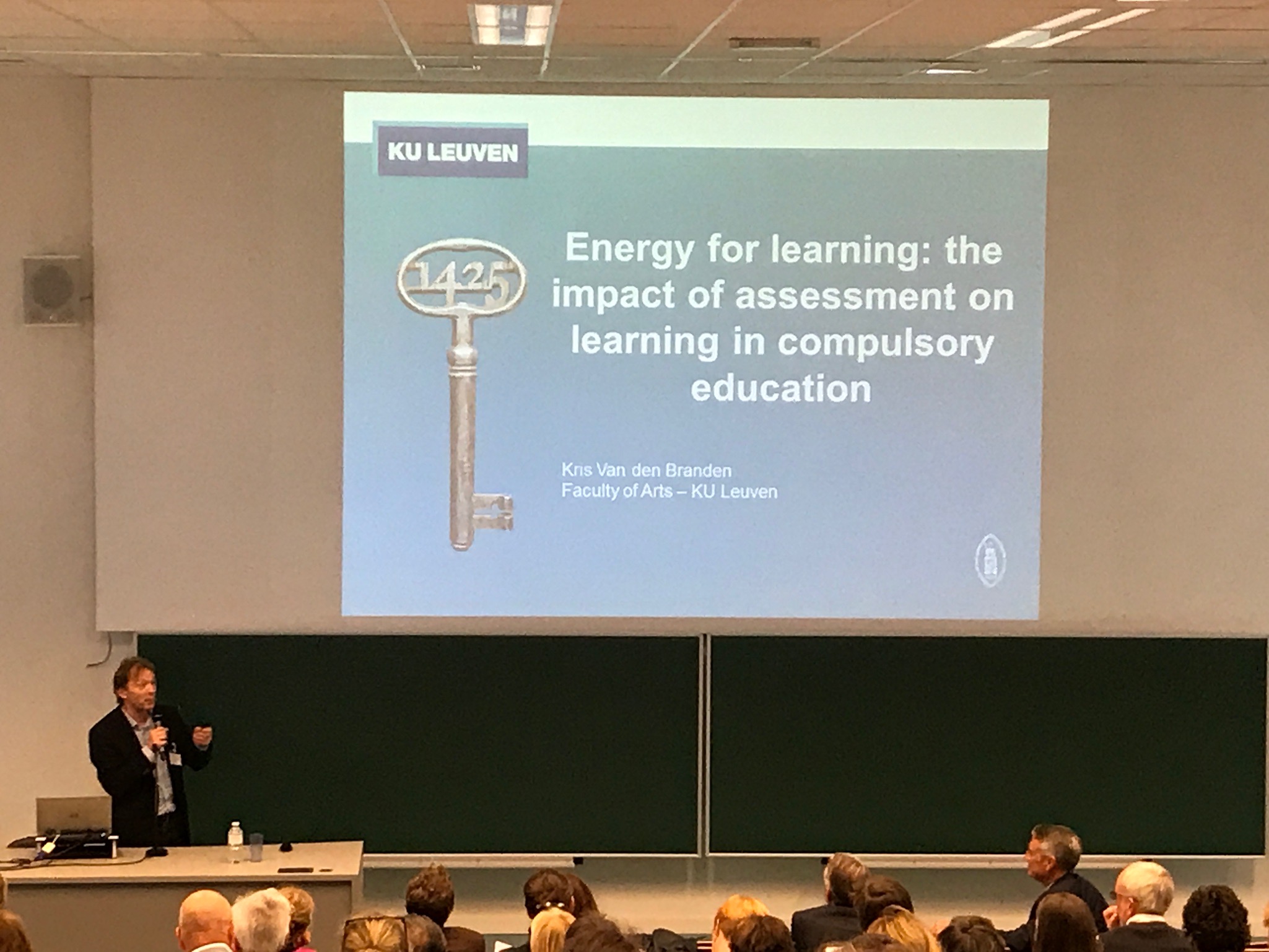Tell me and I’ll forget; show me and I may remember; involve me and I’ll understand.
– Chinese Proverb –
The idea that a language is better acquired by using it meaningfully rather than by learning isolated elements and putting them together in practice may seem like an obvious one to many of us in the present day. There was a time, however, when this was fairly radical a concept.
Task-Based Language Teaching (TBLT), as we know it today, was first developed in the 1980s by N Prabhu, a teacher and researcher in Bangalore, South India. He suggested that language acquisition is “an unconscious process which is best facilitated by bringing about in the learner a preoccupation with meaning, saying and doing”. He believed that using tasks would help tap into learners’ natural mechanisms for second language acquisition.
Although TBLT emerged from the previously elaborated Communicative Language Teaching, it goes beyond just communication by incorporating real-life language needs into the learning process. The Communicative Teaching Project, started by Prabhu, thus had no linguistic syllabus. Instead, it specified a number of problem-solving and meaning-focused activities or tasks.
The definition of what exactly constitutes a task has since been modified and worked on by a number of researchers in the field of SLA, and continues to be a subject of keen debate. The general consensus, however, is that learning a language requires active involvement with it. This is our philosophy at Langschool – learning by experiencing!
– Radha Chandy –
References:
Prabhu, N. (1987). Second language pedagogy. Oxford: Oxford University Press.





Comments
Fermín
Qué foto más chula!!!
Fermín
Qué lugar más chulo!!!